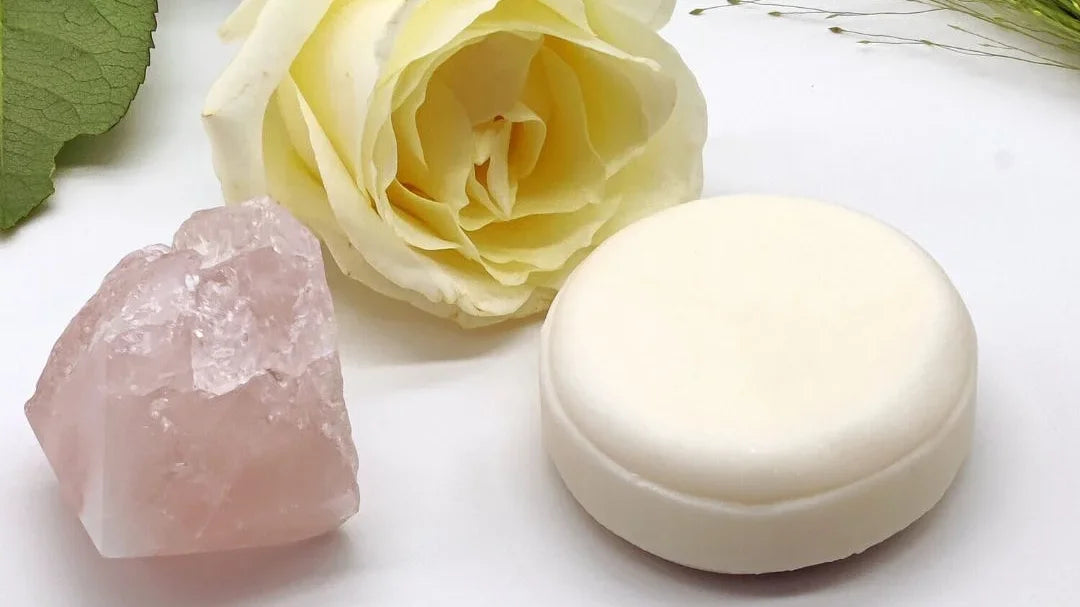
What Is a Shampoo Bar and How Does It Work?
Share
Shampoo bars have become increasingly popular in recent years as an eco-friendly and convenient alternative to traditional liquid shampoos. But how do shampoo bars work? In this blog, we'll dive into the science behind shampoo bars and explain how they clean your hair.
First, let's talk about what shampoo bars are made of. Unlike liquid shampoos, shampoo bars are typically formulated without water, while instead contain concentrated levels of hair nourishing oils, butters, and actives. These ingredients work together to cleanse your hair without stripping it of its natural oils.
When you wet a shampoo bar and rub it between your hands or directly onto your hair, it creates a lather that can help to remove dirt, oil, and product buildup from your hair and scalp. The lather that is created comes from the surfactant in the shampoo bar reacting with water, a surfactant is a substance that lowers the surface tension between water and dirt.
In addition to surfactants, many shampoo bars also contain ingredients like argan oil, jojoba oil and cocoa butter that help to nourish your hair and scalp. This can be especially helpful for people with oily or sensitive scalps.
Another benefit of shampoo bars is that they are often more concentrated than liquid shampoos, meaning that a little goes a long way. This can make them more cost-effective in the long run and also means that they take up less space in your shower or travel bag.
In conclusion, shampoo bars work by using surfactants to create a lather that removes dirt, excess oil, and product buildup from your hair and scalp. They are a great eco-friendly and convenient alternative to traditional liquid shampoos, and can be especially beneficial for people with oily or sensitive scalps. So next time you're in the market for a new shampoo, consider giving a shampoo bar a try!
